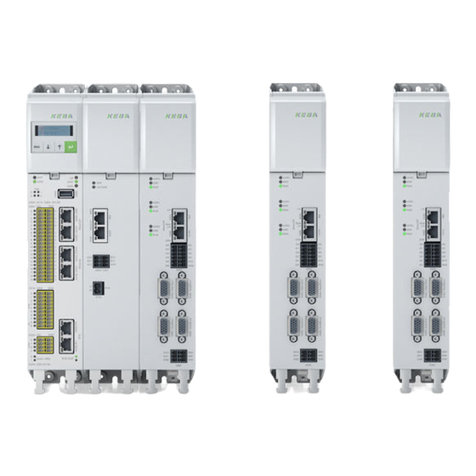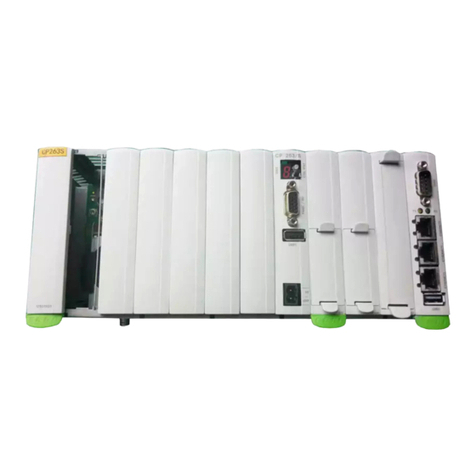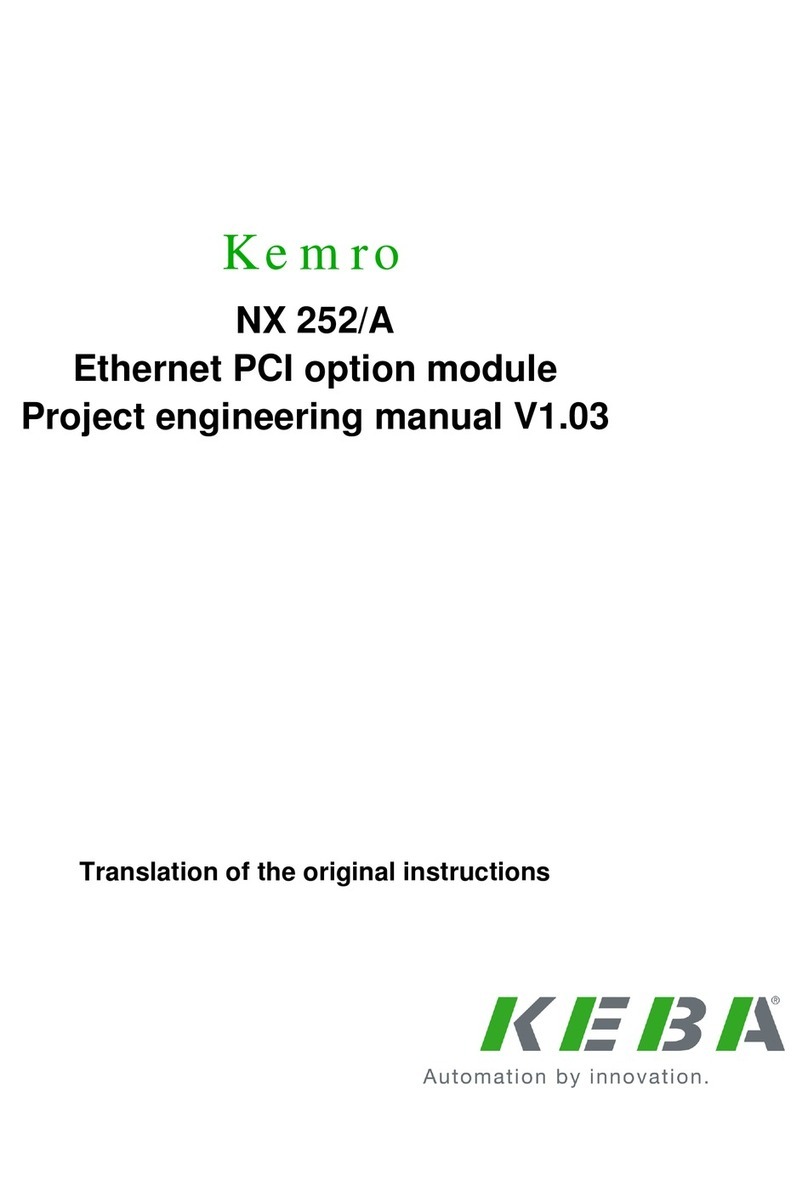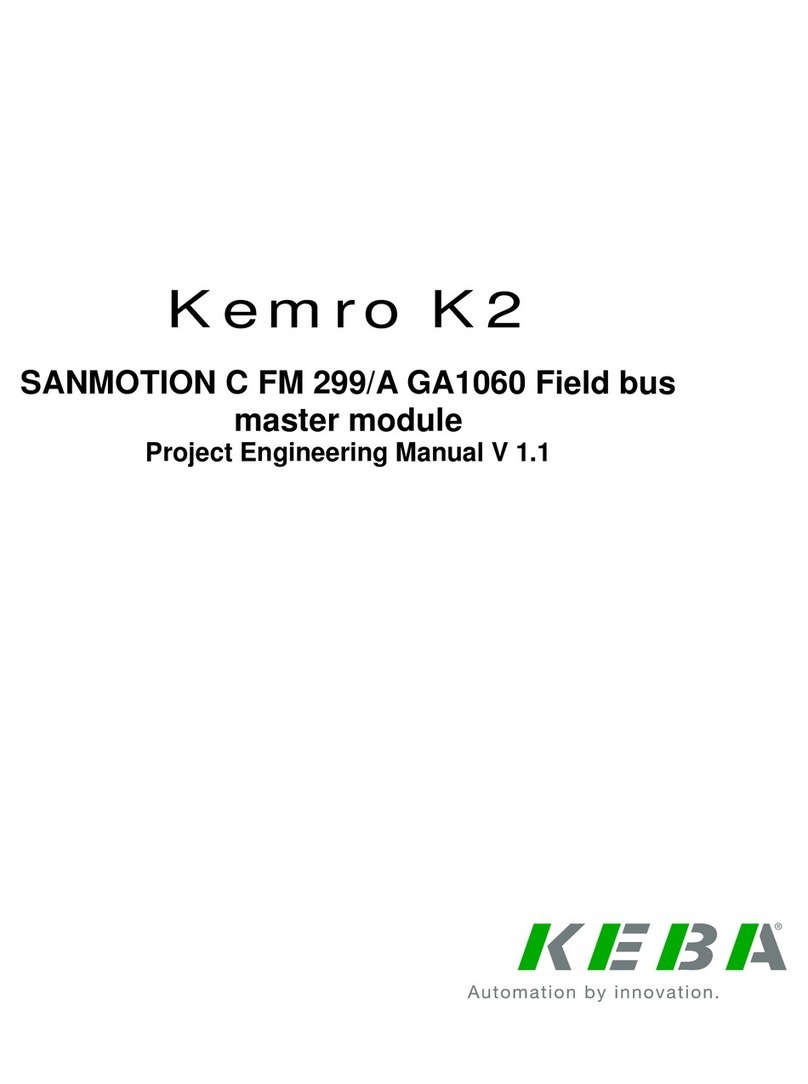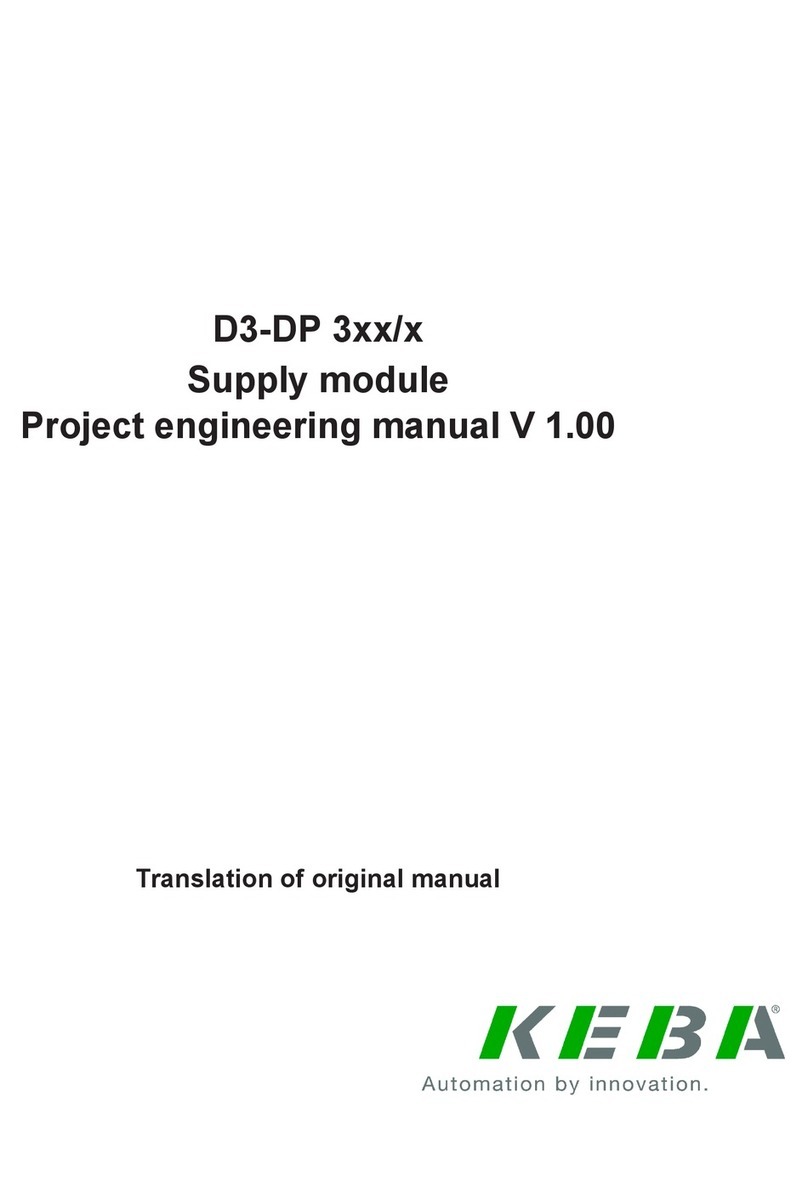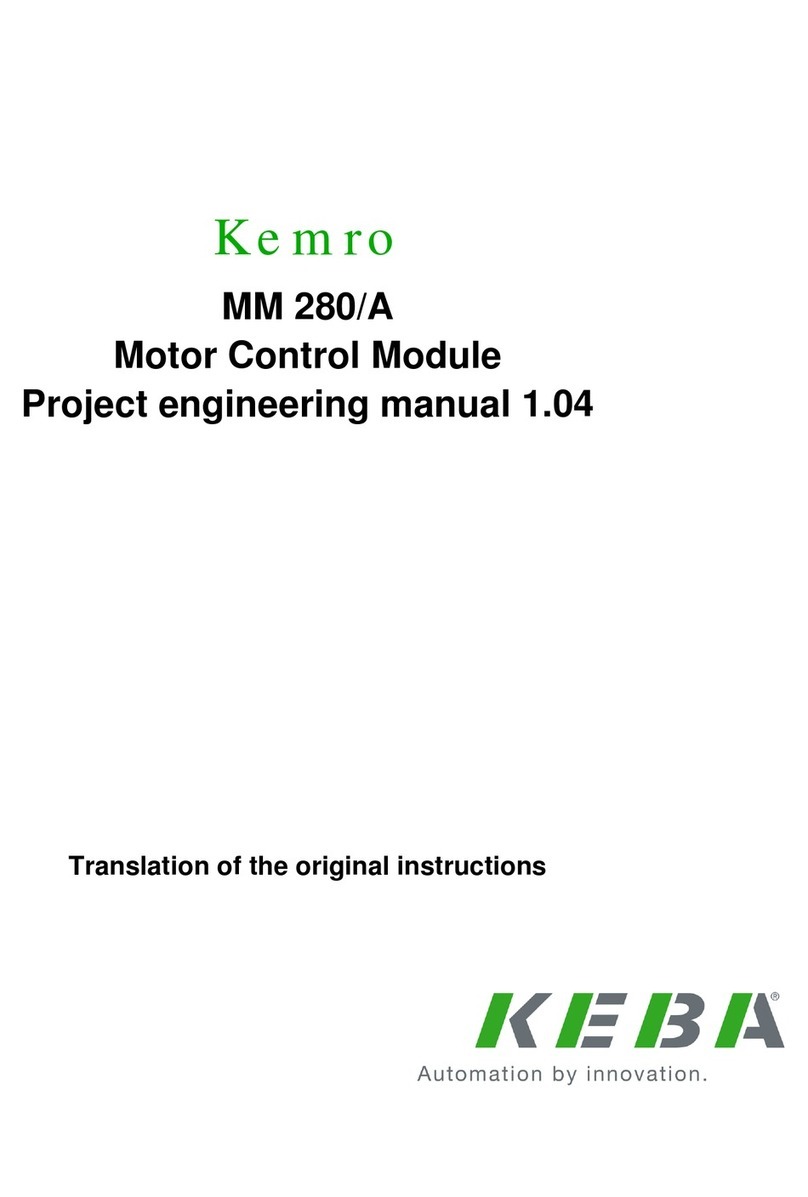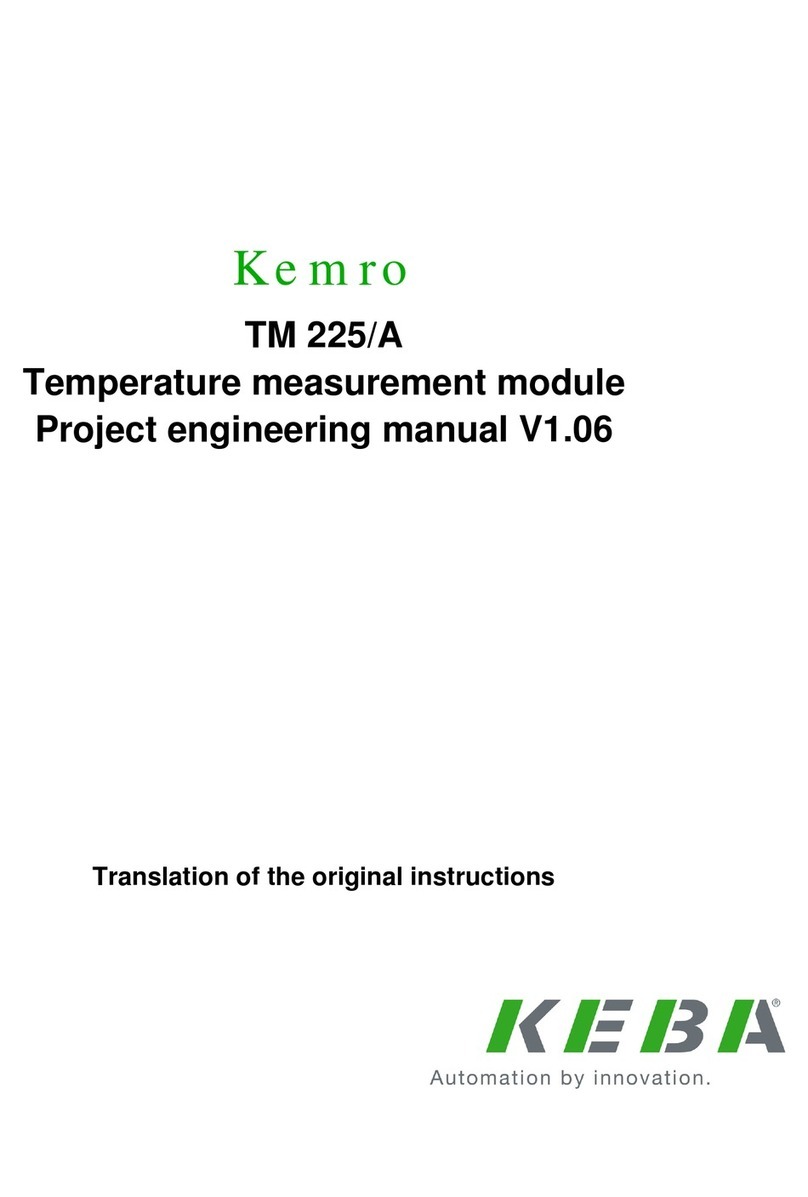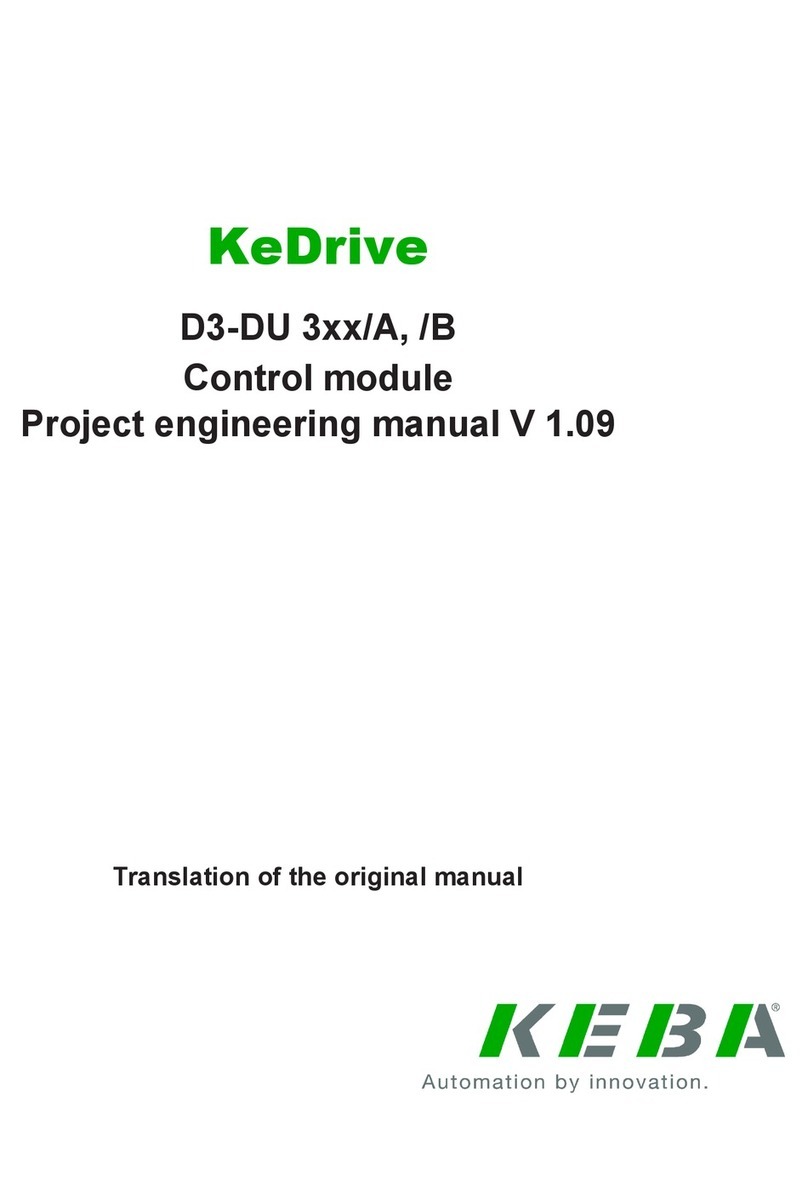
Table of Contents
1 Introduction....................................................................................................................... 7
1.1 Purpose of the document........................................................................................ 7
1.2 Preconditions.......................................................................................................... 7
1.3 Intended use........................................................................................................... 8
1.4 Notes on this document.......................................................................................... 8
1.4.1 Contents of the document........................................................................ 8
1.5 Documentation for further reading.......................................................................... 8
2 Safety notes.................................................................................................................... 10
2.1 Representation...................................................................................................... 10
2.2 General safety instructions.................................................................................... 10
3 Description of the module............................................................................................. 12
3.1 General functionality of SERCOS......................................................................... 12
4 Operating elements and displays................................................................................. 14
4.1 Status-LED (STAT)............................................................................................... 14
4.2 SERCOS-LEDs (TX and RX)................................................................................ 14
5 Connections and wiring................................................................................................. 15
5.1 SERCOS Interface................................................................................................ 15
5.1.1 Connection example............................................................................... 15
5.1.2 Cable and connector specification......................................................... 16
5.1.3 Cable length........................................................................................... 16
5.2 EMC and wiring guidelines.................................................................................... 16
6 Configuration.................................................................................................................. 17
6.1 Setting the K-Bus address.................................................................................... 17
7 Operating behavior......................................................................................................... 18
7.1 Start-up after Power-On........................................................................................ 18
8 Disposal........................................................................................................................... 19
8.1 Disposal of the module.......................................................................................... 19
9 Technical data................................................................................................................. 20
9.1 In general.............................................................................................................. 20
9.2 Environmental conditions...................................................................................... 20
9.3 SERCOS II Interface............................................................................................. 20
9.4 Dimensions........................................................................................................... 20
10 EC directives and standards......................................................................................... 21
10.1 EC directives......................................................................................................... 21
10.2 Standards.............................................................................................................. 21
10.2.1 General procedures and safety principles.............................................. 21
10.2.2 EMC guideline........................................................................................ 21
FM 280/A Table of Contents
© KEBA 2011
Project engineering manual V1.02 5
